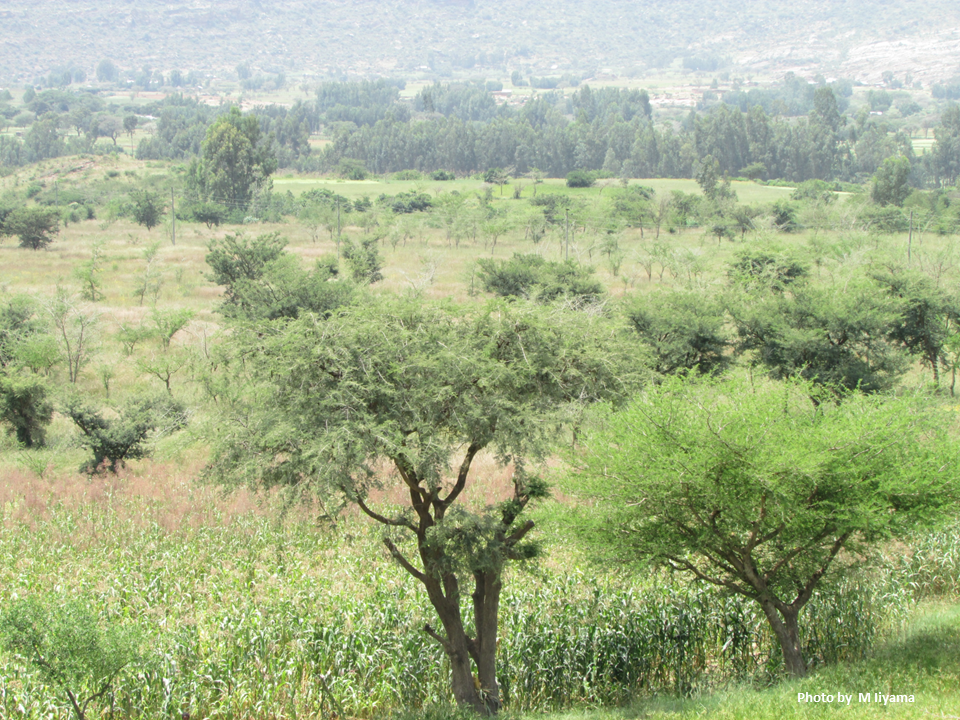Pick Up
1158. Economics of Droughts

1158. Economics of Droughts
Land is the foundation of life. Investing in land ensures our survival.
Drought is one of the most pressing threats to the socio-economy on all continents around the world, especially in arid regions. Already today, drought affects more than 1.8 billion people a year, especially affecting the world's poorest and most vulnerable people, including women and children. Nature-based solutions (NbS) to address challenges such as drought, climate change, and biodiversity loss are gaining traction. NbS aims to restore and conserve nature to build resilience to drought.
The report, Economics of Droughts, released on the sidelines of the United Nations Convention to Combat Desertification (UNCCD) COP15, examines financial needs and opportunities for reducing drought crises and building resilience.
The global economic losses due to drought from 2000 to 2019 are reported to be USD 128 billion, but this is underestimated because it does not take into account the multidimensional and multifaceted impacts of the drought chain reaction on the broader society and environment. The UNCCD estimates the damage caused by drought at US$307 billion per year.
In contrast, the estimated cost of implementing the measures set out in each country's drought plan and related plans is estimated to be USD 210 billion between 2016 and 2030. The nature-positive economy has the potential to generate up to US$10.1 trillion in annual business value and create up to 395 million jobs by 2030, and an additional 20 million jobs by tripling investment in nature-based solutions by 2030.
The role of human actors in causing or exacerbating droughts is also greatly underestimated. With the growing awareness of anthropogenic droughts (e.g., droughts caused by ecosystem degradation and changing microclimatic conditions), new possibilities for human intervention to reduce the severity and impact of droughts are emerging.
The area of opportunity for NbS to address drought risk is estimated to be more than 2.5 billion hectares worldwide, which is equivalent to the land area of the United States, China, and Brazil.
Dealing with NbS for drought is centered on restoring the hydrological and ecological functions of ecosystems, soil health, and enhancing water storage and supply. When land is maintained in good condition, it can produce numerous ecosystem services, including food, fiber, feed, and biomass provisions, support, regulation, and cultural services (such as water supply and carbon sequestration). Many NbS for drought are recognised by the UNCCD as sustainable land management practices.
When properly designed and adapted to local conditions, the majority of NbS is economically viable. This means that when the overall costs and benefits are considered, NbS provides a positive economic and social return of USD 1.4 to up to USD 27 per USD invested, usually within 6 or 7 years.
Reference
Thomas, R., Davies, J., King, C., Kruse, J., Schauer, M., Bisom, N., Tsegai, D., Madani, K., 2024. Economics of Drought: Investing in Nature-Based Solutions for Drought Resilience – Proaction Pays. A joint report by UNCCD, ELD Initiative and UNU-INWEH, Bonn, Germany; Toronto, Canada.
Contributor: IIYAMA Miyuki, Information Program
